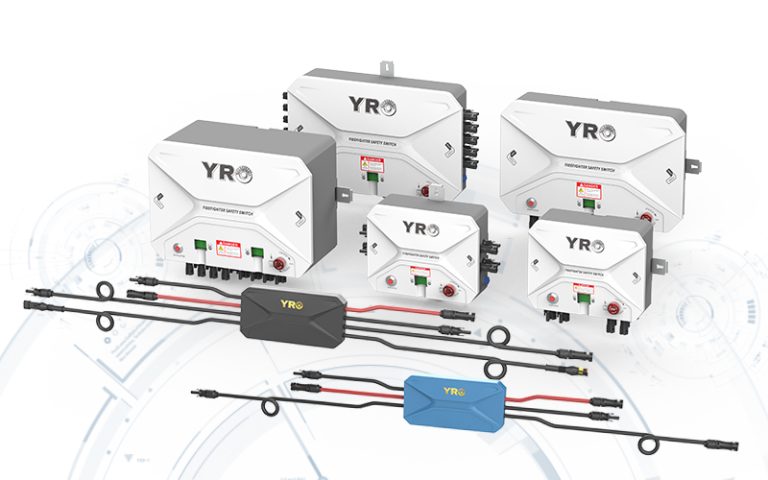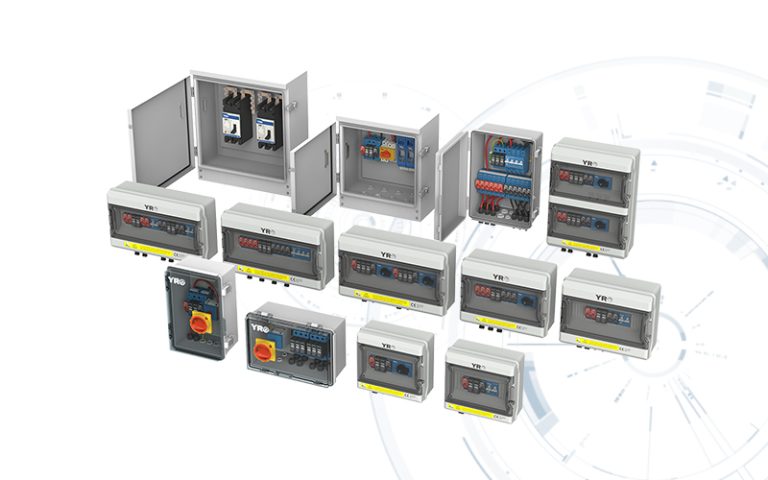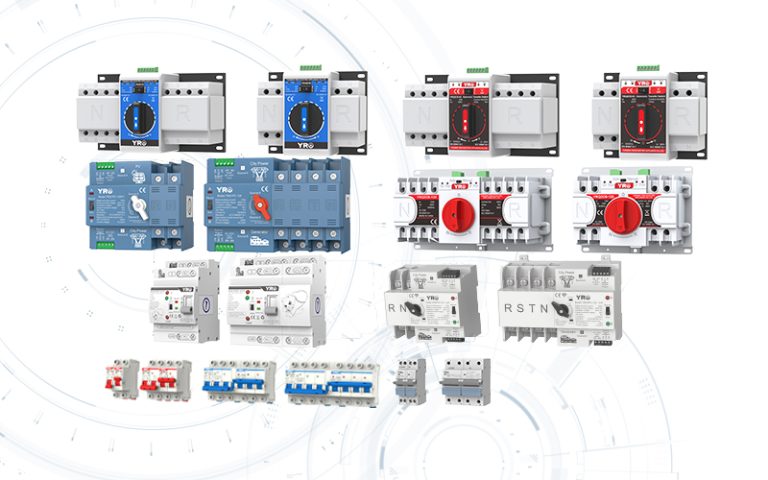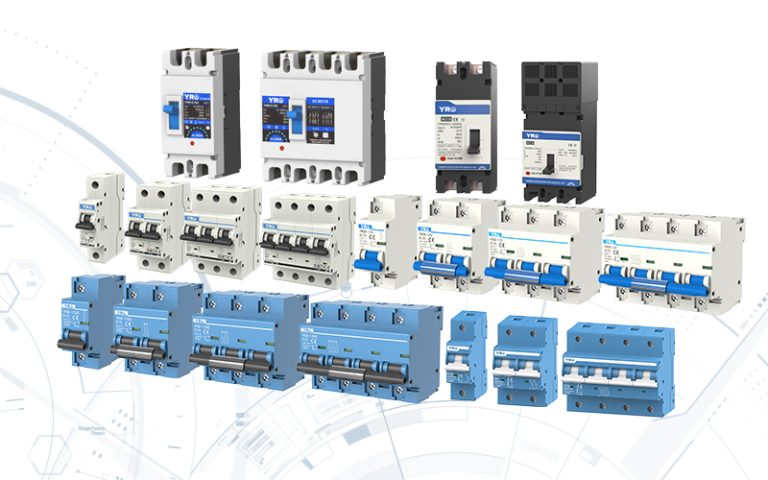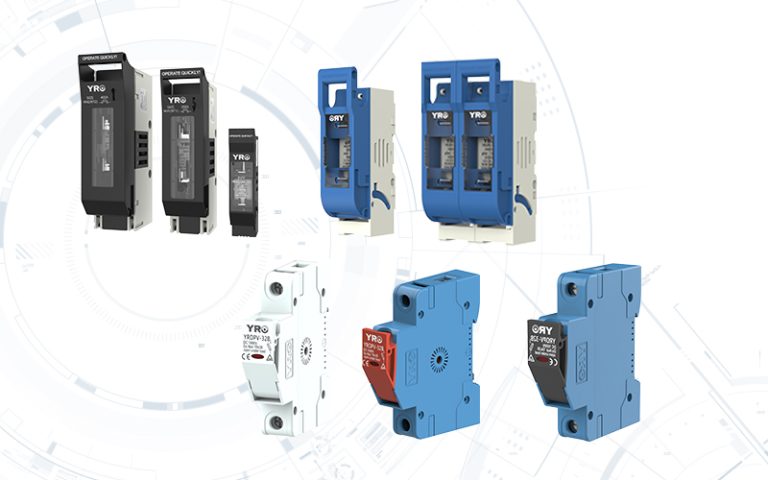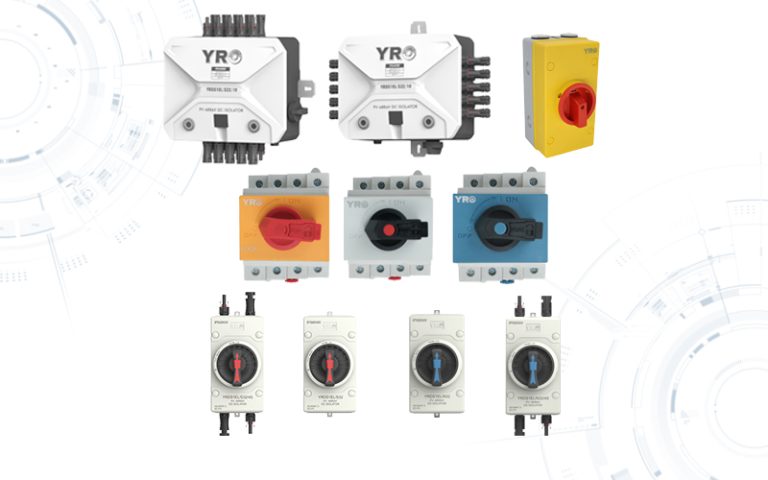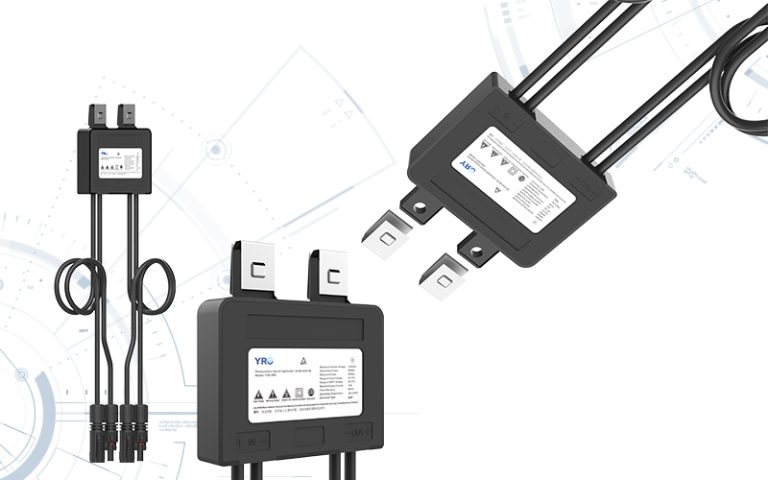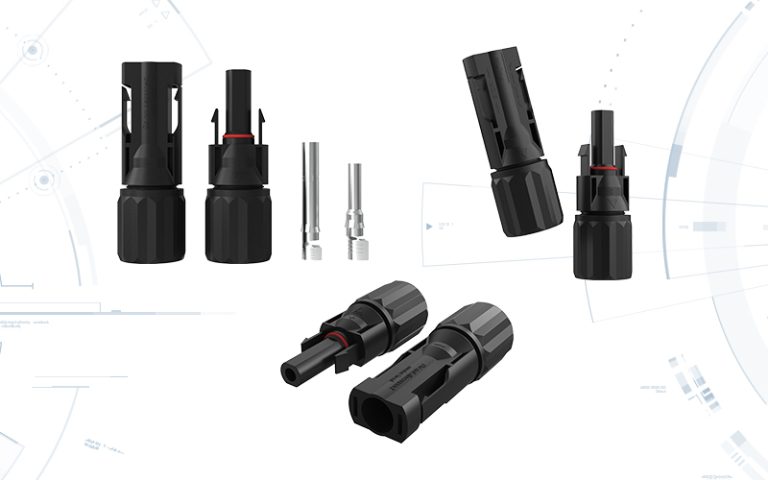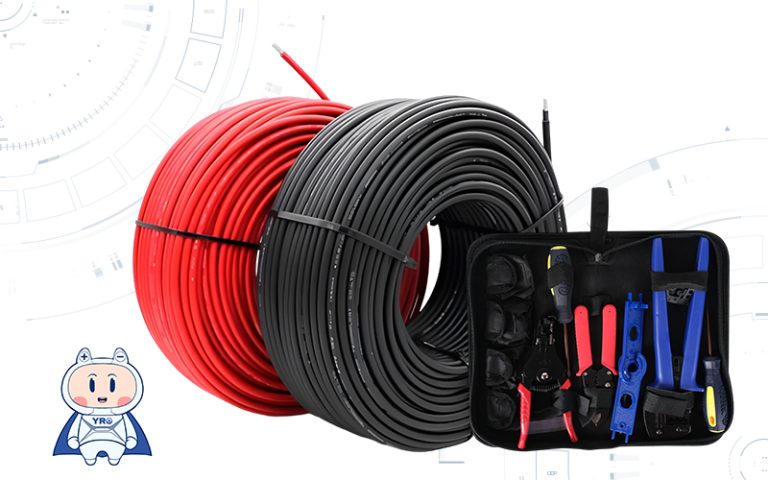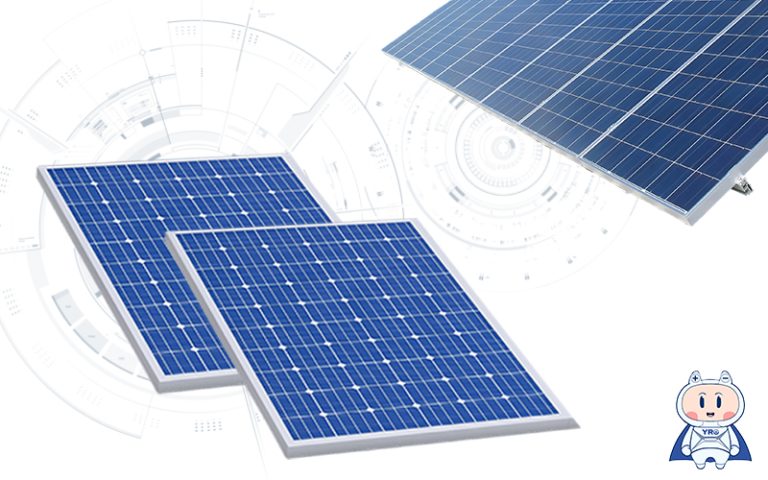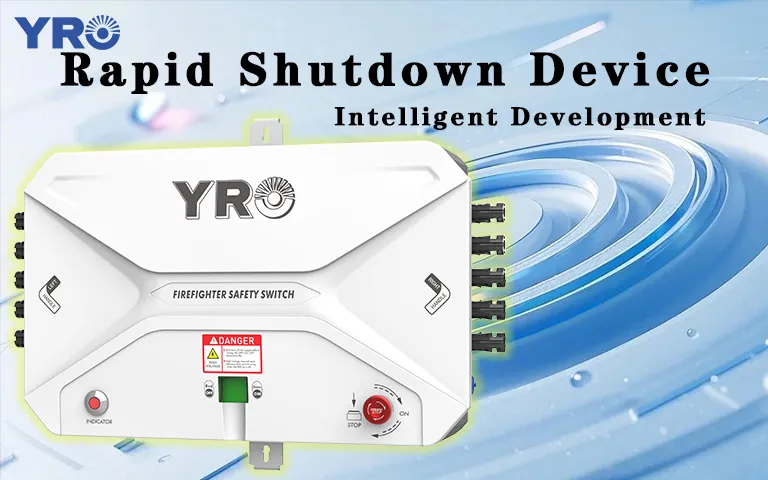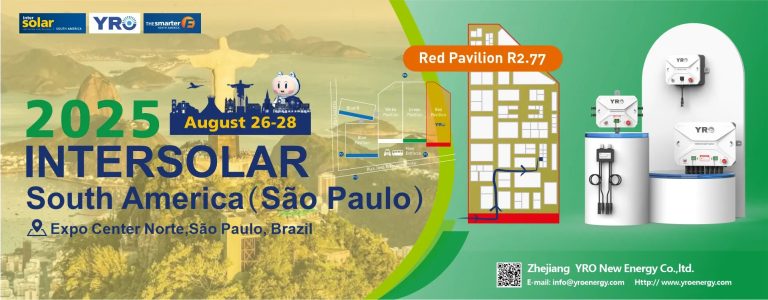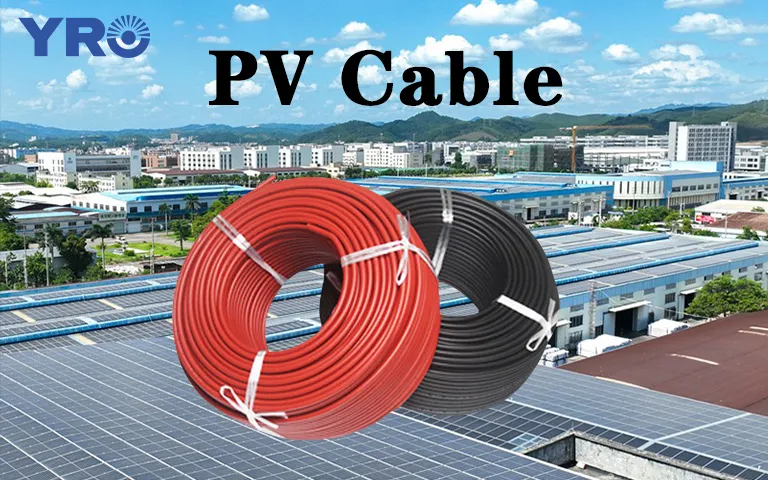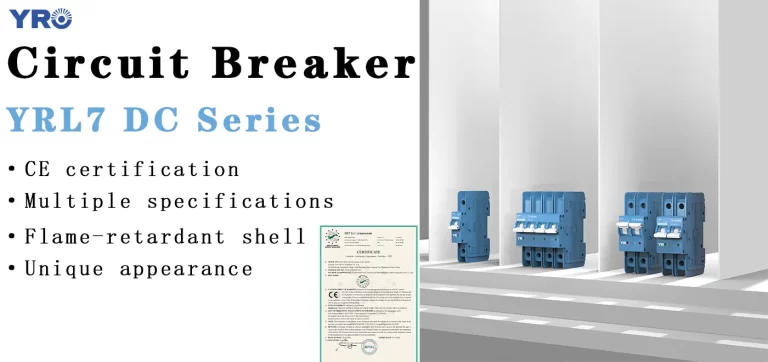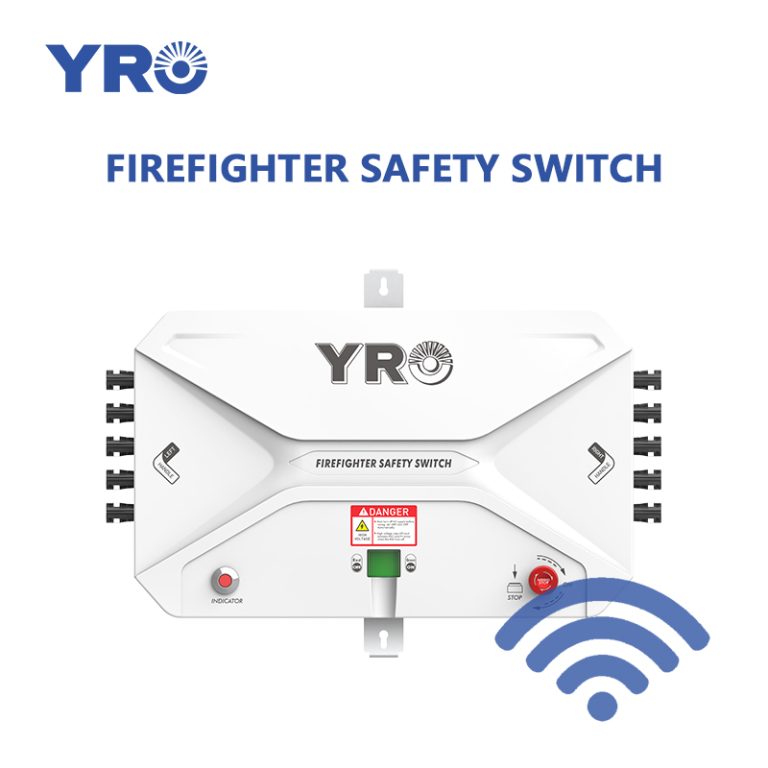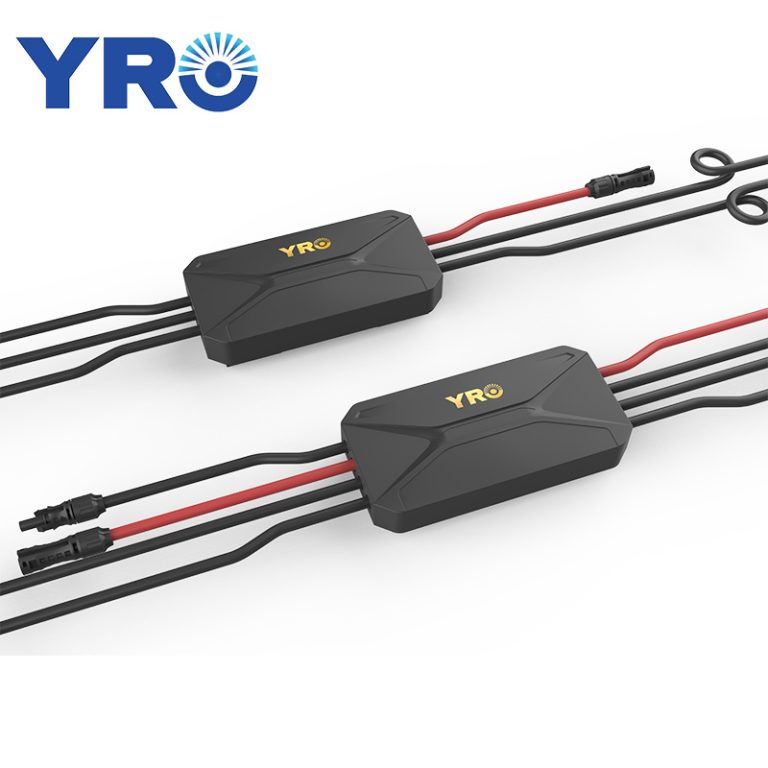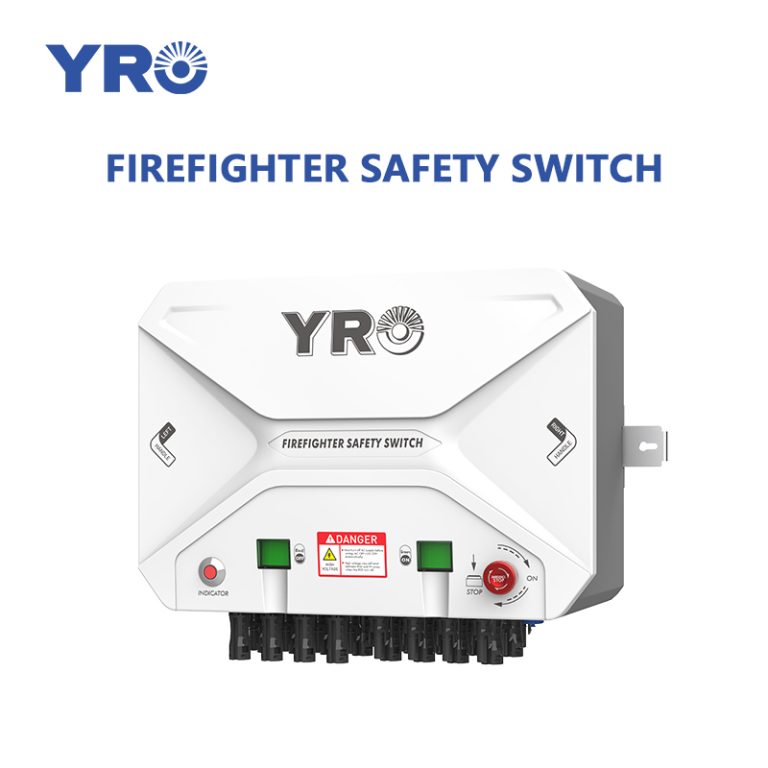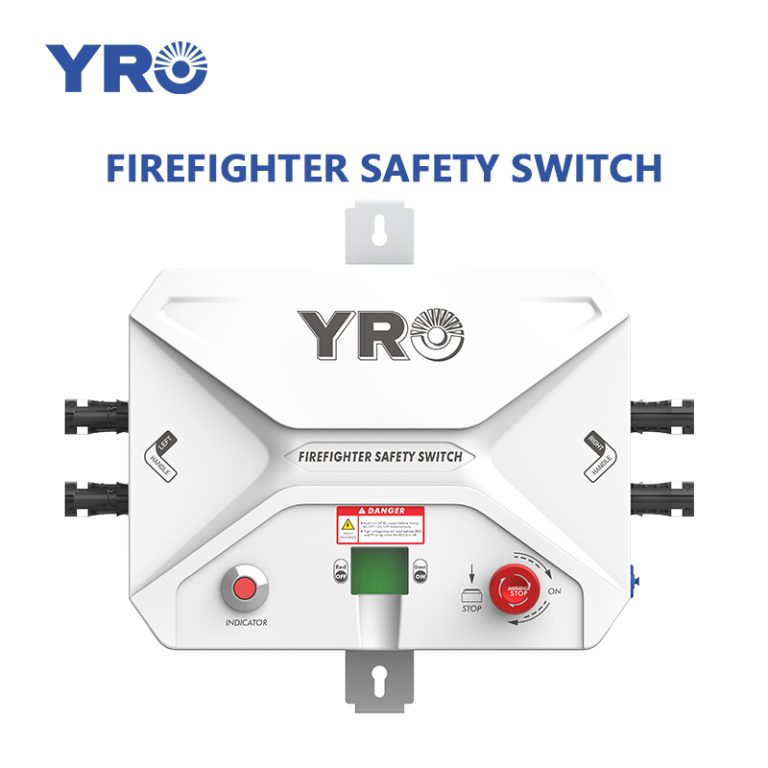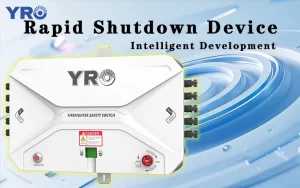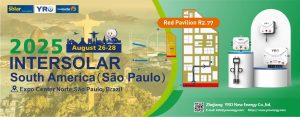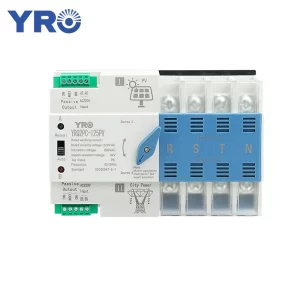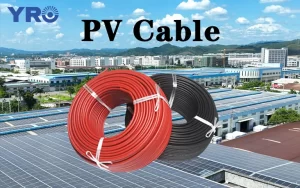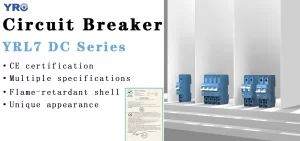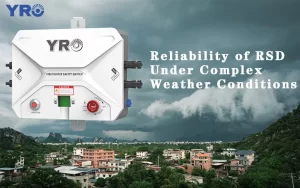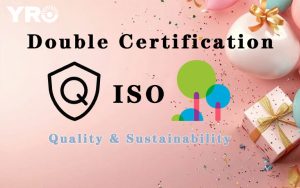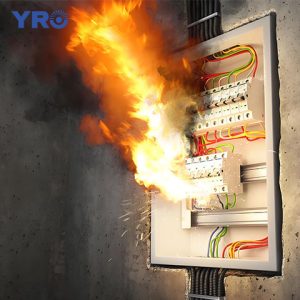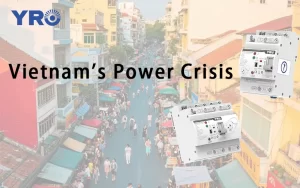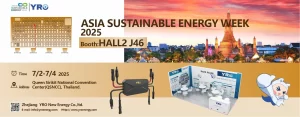The solar energy field is undergoing a significant transformation, moving from simple power generation to complex intelligent management systems. Solar energy is becoming the core force of clean energy. It is no longer just a “supplementary option” but an important pillar of global energy strategy. In this transformation process, intelligent rapid shutdown devices are playing a crucial role. They are not only meant to meet safety compliance needs, but are also actively driving changes in energy management models, enhancing the operational efficiency and safety standards of photovoltaic systems.
Enhancing Safety Standards and Expanding Control Dimensions
The initial core objective of the rapid shutdown solar technology was to ensure safety. However, with the intelligent development of equipment, current products, while ensuring basic safety functions, also integrate advanced functions such as intelligent monitoring and remote management:
- Intelligent monitoring and real-time management: Through the intelligent monitoring system, real-time updates of photovoltaic panel status, remote control and fault early warning are achieved, enhancing safety.
- Predictive maintenance and optimization: Combining Internet of Things (iot) and AI technologies to optimize energy utilization efficiency and system reliability.
- Technology integration: Integrating sensors and big data analysis to enhance the speed of fault detection and response.
This shift from manual to intelligent not only enhances the level of protection, but also brings new management ideas to operation and maintenance personnel. By integrating with digital platforms and energy management systems, intelligent rapid shutdown devices enable operators to have real-time access to the operational status of photovoltaic arrays, identify potential issues in advance, reduce downtime, and enhance maintenance efficiency.
Wireless Connectivity and Intelligent Integration
Wireless connectivity technology and integration with intelligent systems provide RSDs with remote monitoring and control capabilities. Specifically, maintenance personnel can use wireless networks to view the operational status of smart rapid shutdown devices in real time, and remotely execute rapid shutdown operations as needed, significantly improving emergency response speed and system safety.
Furthermore, intelligent integration features can further enhance the performance of RSDs. The system can analyze operational data to predict potential failures and schedule preventive maintenance in advance, effectively reducing equipment failure rates.
Supporting Compliance and Sustainable Development Goals
There is an important driving force behind the application of rapid shutdown devices: the requirements of international safety standards. But today’s intelligent development is not merely for “compliance”, but also to help enterprises achieve sustainable and environmental protection goals.
By reducing energy waste, extending system uptime, and enhancing the safety of large-scale photovoltaic applications, intelligent and rapid shutdown switch provide direct support for reducing carbon emissions and increasing the proportion of green energy.
Therefore, it not only provides enterprises with greater security in terms of safety, but also adds a sustainable development advantage to them in the highly competitive market. This combination of “compliance + innovation” has become the key for enterprises to win the trust of customers and investors.
Conclusion
The evolution of rapid shutdown devices from simple safety components to intelligent system managers, represents a microcosm of the broader transformation in the renewable energy sector. These advanced systems now serve as the foundation of a complex energy management ecosystem, enhancing safety, optimizing performance and creating new possibilities for the integration of renewable energy.
As intelligence continues to migrate to the component level, solar installations will become increasingly adaptive, resilient and efficient. The integration of artificial intelligence, advanced communication and predictive analytics will further blur the boundaries between energy generation and management.
The future of solar energy lies not only in power generation but also in intelligent management from individual panels to the grid level. As the world gradually moves toward a future dominated by renewable energy, intelligent rapid shutdown technology will undoubtedly continue to play a role.

